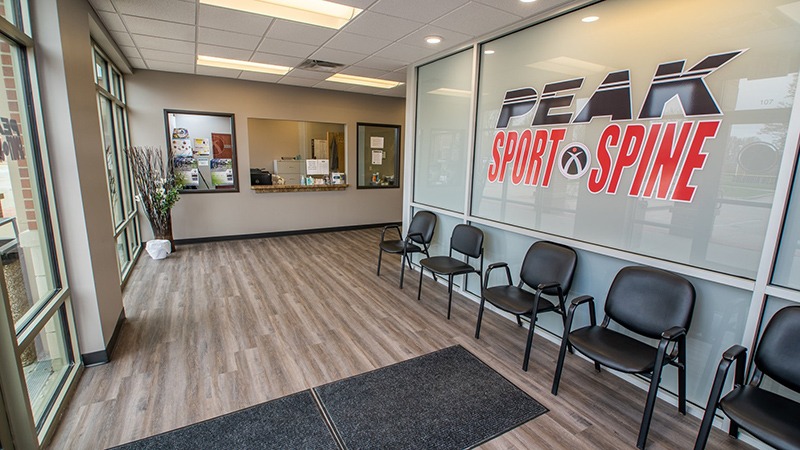Pregnancy changes a woman’s body in so many ways. Some of these changes feel obvious, like weight gain and hormonal shifts. Others can feel confusing or even frightening. If you notice a bulge in your abdomen that wasn’t there before or feel weakness in your core, you might wonder how to tell if you have diastasis recti. This condition affects many women during pregnancy or after giving birth, and learning to recognize the signs can help you take the right steps to heal.
Understanding What Diastasis Recti Means for Your Body
Diastasis recti happens when the connective tissue between your left and right abdominal muscles stretches and thins. This separation often occurs because the growing uterus puts pressure on the abdominal wall. The tissue can weaken and spread apart, creating a gap. Women often see this gap most clearly when they try to sit up from a lying position. You might spot a dome-shaped bulge running down the middle of your belly, sometimes referred to as “coning.” This gap can lead to weakness, poor core stability, and even low back pain. It’s common, and it doesn’t mean you did anything wrong. Your body worked hard to carry your baby, and now it needs a chance to rebuild strength.
How to Tell If You Have Diastasis Recti
Learning how to tell if you have diastasis recti starts with a simple self-check. Follow these steps to look for a gap in your abdominal muscles:
- Lie on your back with your knees bent and feet flat on the floor.
- Place your fingers just above your belly button.
- Slowly lift your head and shoulders off the ground, as if doing a small crunch.
- Feel for a gap between the sides of your abdominal muscles.
You might notice that your fingers sink into a space in the middle of your stomach. If you can fit two or more fingers into the gap, you could have diastasis recti. Some women feel softness or see doming along their midline. These signs don’t replace an assessment by a professional. A physical therapist can confirm the diagnosis and measure the separation with more accuracy. If you feel unsure about what you find during your self-check, reach out to a qualified provider.
Common Diastasis Recti Symptoms
Diastasis recti can show up in ways that surprise you. It’s more than just a visible gap. You may experience symptoms that affect your daily activities. Knowing these signs can help you feel more confident when you speak to a healthcare professional.
- A persistent bulge or ridge in the middle of your belly, especially when you cough or sit up.
- A feeling of weakness or lack of support in your core muscles.
- Lower back pain or hip discomfort.
- Poor posture or trouble lifting objects.
- Leaking urine when you sneeze, laugh, or exercise.
Why You Should Seek Professional Care
Many women try to fix diastasis recti on their own. Some exercise programs online claim to close the gap without guidance. But knowing how to tell if you have diastasis recti, how severe it is, and understanding how to heal it safely can protect you from further injury. A physical therapist uses evidence-based methods to help your body heal the right way. A therapist will check the width and depth of your abdominal separation. They also assess your breathing, posture, and pelvic floor muscles. From there, they create a treatment plan tailored to your specific needs. This approach keeps you safe and helps you rebuild strength gradually.
How Pelvic Floor Therapy and Core Stabilization Help
Physical therapy focuses on restoring the connection between your deep core muscles. Pelvic floor therapy and core stabilization exercises build the foundation for healing. Pelvic floor therapy improves control of the muscles that support your bladder, uterus, and bowel. Many women don’t realize that the pelvic floor and the abdominal wall work together. When you learn to coordinate these muscles, you can reduce pressure on the separation and support your body as it recovers.
Core stabilization exercises retrain your deep abdominal muscles. Your therapist may teach you gentle exercises like:
- Proper breathing techniques that engage the diaphragm.
- Transverse abdominis activation to improve tension in the abdominal wall.
- Postural training to help you move safely.
Take the Next Step Toward Healing Today
If you think you may have diastasis recti, you don’t have to face it alone. Peak Sport and Spine offers pelvic floor therapy and personalized core stabilization programs to help you rebuild your strength safely. Schedule an appointment at one of our convenient locations, and let our team support you on your recovery journey.

